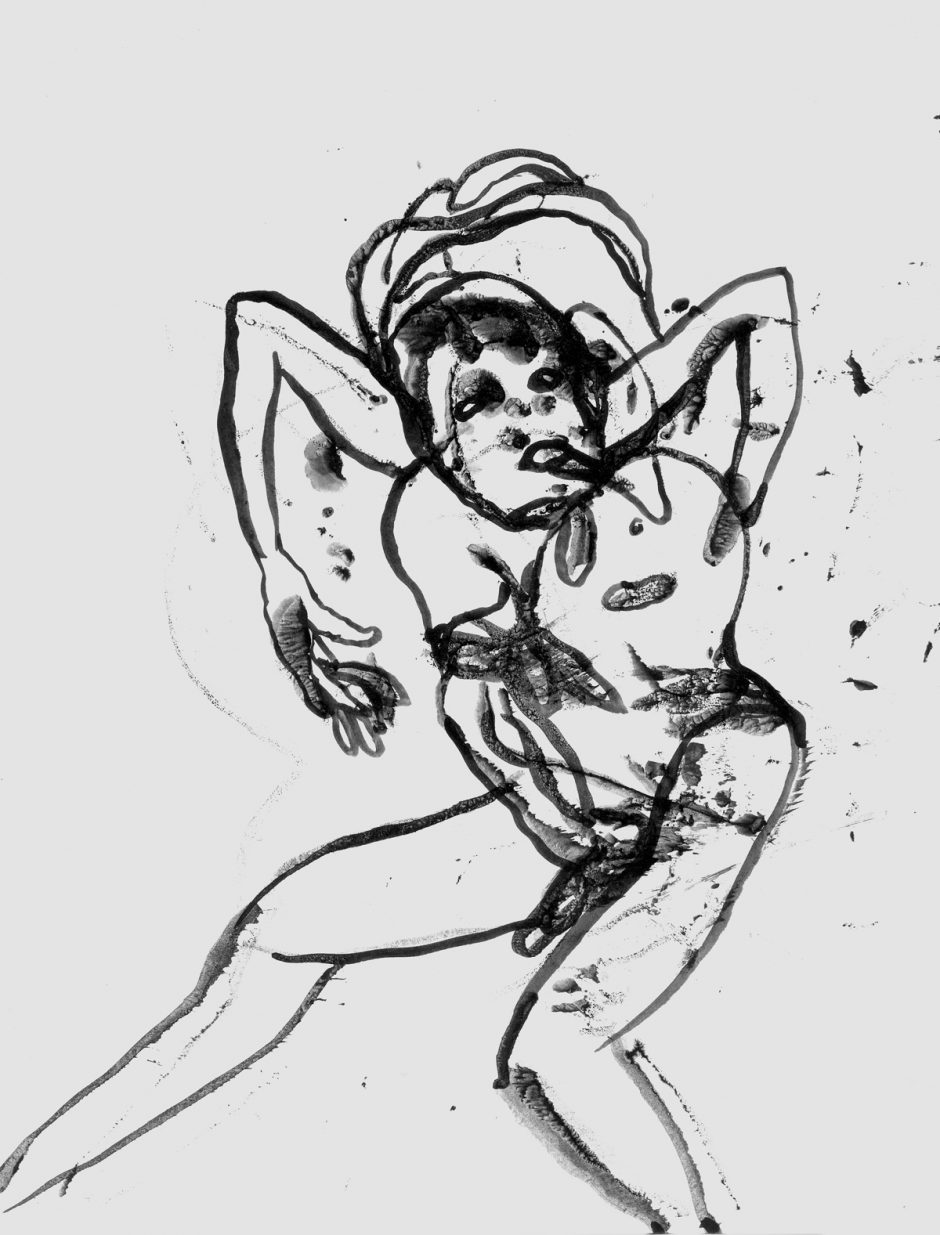From the Archive: Ed Pien (CAROUSEL 19)
Against Entropy
— ED PIEN Portfolio
There is something instinctual about visiting the well of inspiration.
Thirst is a need, and as a need, it cries out to be satiated. Who amongst us can resist the invisible call of our base drives? Pretend or distract, need still eventually finds a way to be served. Need brings out the animal, puts the human in his place. When animal logic takes over, every gesture moves towards potential fulfillment. We need to fill whatever it is that needs to be filled.
Drawing is physical, an act of the body. Between the polar points of birth and death, the body can be seen as a tool, as a bearer of the internal desires that are central to the creative act. The hand is a middleman, the meat that’s accomplishing the mission. But it’s the brain that’s looking to feed its protean, primitive thirst. The human side of man wants to contain this act, to manufacture a logic around the service of organic need. Clinging to the idea of human, the brain stares in the mirror at its reflection, and out of the corner of its eye patents the meaning of its repeating thirst. As a way of interacting with the world, the instinctual desire to create — this animal will to power — is contemplated, categorized, and logically caged within the context of a frame. This is a process of taming.
Anatomists have searched for the truth that exists in the meat, have gone looking for answers to explain/humanize our drives and desires. They make maps of the flesh so that they will know how to get around in what is categorized as just another kind of landscape. Nerves and organs, interconnecting systems, a left turn at the spine: the answer has got to be in here somewhere; it’s more than a pulse that makes this thing go! Even the speed of animal thought has been quantified in an attempt to take control of our inner life, to strip away the mystery that’s inherent in the making. We did that math, and for humans, the act clocks in at an average of 400 km/hr, electrically speaking. Impulses pass effortlessly through the nerve network to the brain, they know their way around in that complicated inner geography. Yet retracing the pathways that these signals travel does not provide any kind of concrete answer to the question of where ideas come from.
Inspiration, a possible defense mechanism against entropy, has a biological will of its own.








Portfolio: Against Entropy
appeared in CAROUSEL 19 (2006) — buy it here

